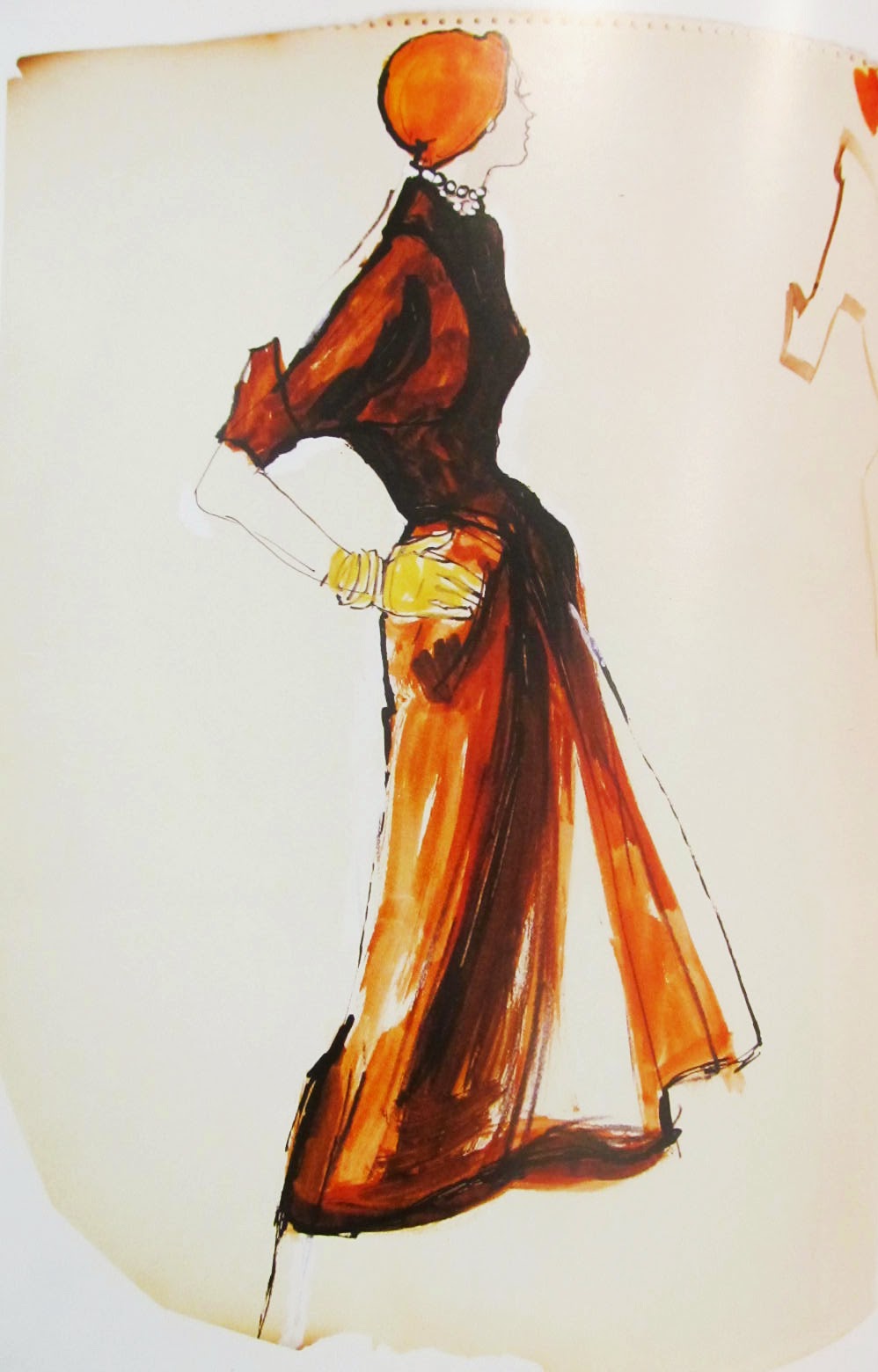Born 29th August 1918 in Torquay, Brian spent much of his childhood growing up in France. From a young age he showed a flair for painting and illustration. In 1932 his passion led him back to Britain to study art at Ipswich Art School. After graduating, Brian worked as a full time artist until the outbreak of World War II where he joined the Territorial Army. In the summer of 1941 whilst in training, he was contacted by the Special Operations Executives to become a secret wireless operator due to his fluency in French. His code name was 'Celestin', and his mission, to infiltrate Nazi Europe in order to sabotage the German war effort.
 | ||
| Portrait of Brian in uniform before becoming MBE |
Agents needed to be fitted with their secret devices and since Brian was to be a wireless operator his equipment was disguised as an artist's paint box. On June 30th he was flown into France, as he parachuted down his radio equipment became trapped in a tree. He spent his first few days in France trying to retrieve it without making a scene. After four months, Brian's work as an SOE agent came to an abrupt halt. He had become careless when choosing his locations to transmit from. The Gestapo were clever and cracked his coded messages. On October 24th, 1942, he was arrested and interrogated, yet he continued his identity as a French art student. In November 1943, he was moved to Mauthausen concentration camp and in the summer of 1944 he was moved again to the notorious Natzweiler-Struthof concentration camp in Alsace. There his life was spared only by drawing sketches for the camp commandant guards and their families.
 |
| 1940s Ladies Suit, Tin Tin Collectables |
After the war, Brian Stonehouse testified at the Nazi war crimes trials with the aid of his sketches to identify the Nazi officers. He was liberated by U.S. troops on April 25th, 1945, and was awarded a military MBE. Following 1946, Brian continued his career as a fashion artist in America illustrating for Vogue, Elizabeth Arden and Harper's Bazaar. He was the first illustrator to be hired by Vogue in more than a decade.
In 1979, he returned to Britain and became a portrait painter with clients including the Queen Mother whose portrait hangs in the Special Forces Club in London. During his final years Stonehouse was an active Theosophist living at the London branch of the United Lodge of Theosophists. From
charming the Gestapo prison guards, to the New York City Cafe Society and
to the Queen Mother herself, Brian Stonehouse was a remarkable artist,
fashion illustrator, icon and a war time hero.
Copies of the book are available from Leslie, please contact leslie@tintincollectables.net
 |
| 1950s Lace Evening Dress, Tin Tin Collectables |











.JPG)
.JPG)
.JPG)
.JPG)
.JPG)